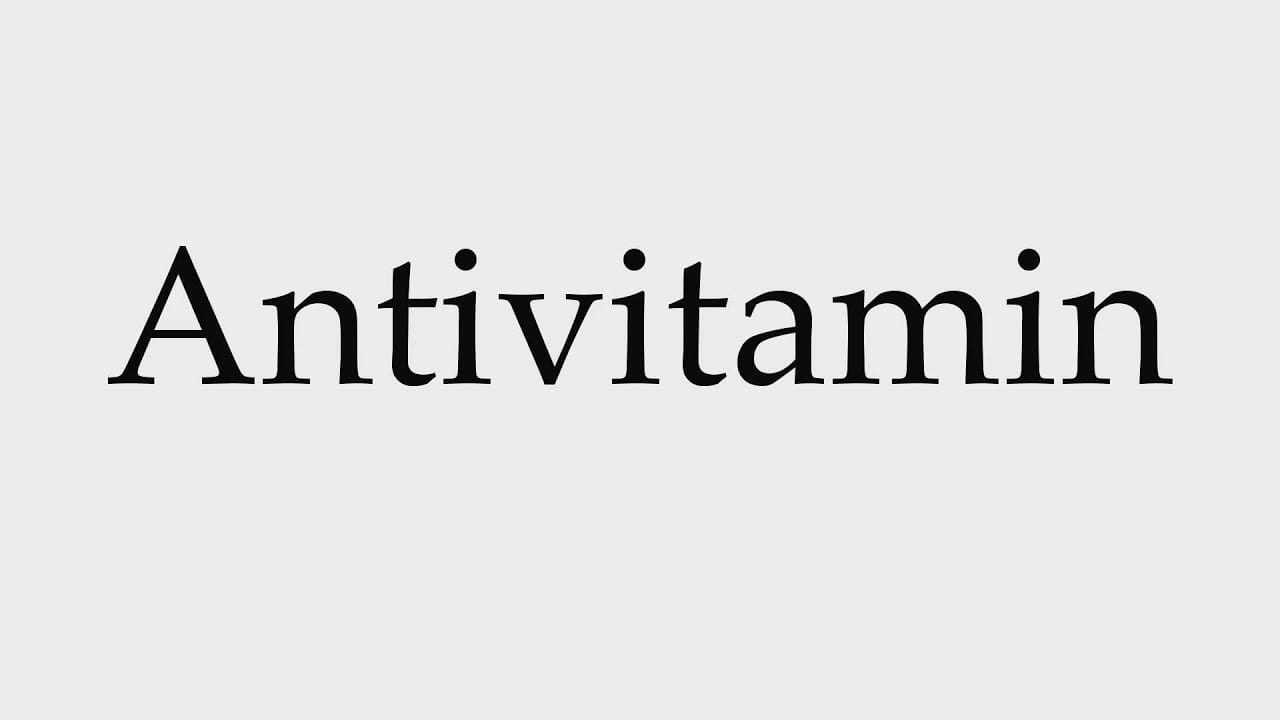
Research team from University of Göttingen develops drug approach against bacterial infections
Antibiotics are among the most important discoveries of modern medicine and have saved millions of lives since the discovery of penicillin almost 100 years ago. Many diseases caused by bacterial infections – such as pneumonia, meningitis or septicaemia – are successfully treated with antibiotics. However, bacteria can develop resistance to antibiotics which then leaves doctors struggling to find effective treatments. Particularly problematic are pathogens which develop multi-drug resistance and are unaffected by most antibiotics. This leads to severe disease progression in affected patients, often with a fatal outcome. Scientists all over the world are therefore engaged in the search for new antibiotics. Researchers at the University of Göttingen and the Max Planck Institute for Biophysical Chemistry Göttingen have now described a promising new approach involving “antivitamins” to develop new classes of antibiotics. The results were published in the journal Nature Chemical Biology.
Antivitamins are substances that inhibit the biological function of a genuine vitamin. Some antivitamins have a similar chemical structure to those of the actual vitamin whose action they block or restrict. For this study, Professor Kai Tittmann’s team from the Göttingen Center for Molecular Biosciences at the University of Göttingen worked together with Professor Bert de Groot’s group from the Max Planck Institute for Biophysical Chemistry Göttingen and Professor Tadgh Begley from Texas A&M University (USA). Together they investigated the mechanism of action at the atomic level of a naturally occurring antivitamin of vitamin B1. Some bacteria are able to produce a toxic form of this vital vitamin B1 to kill competing bacteria. This particular antivitamin has only a single atom in addition to the natural vitamin in a seemingly unimportant place and the exciting research question was why the action of the vitamin was still prevented or “poisoned”.
Tittmann’s team used high-resolution protein crystallography to investigate how the antivitamin inhibits an important protein from the central metabolism of bacteria. The researchers found that the “dance of the protons”, which can normally be observed in functioning proteins, almost completely ceases to function and the protein no longer works. “Just one extra atom in the antivitamin acts like a grain of sand in a complex gear system by blocking its finely tuned mechanics,” explains Tittmann. It is interesting to note that human proteins are able to cope relatively well with the antivitamin and continue working. The chemist de Groot and his team used computer simulations to find out why this is so. “The human proteins either do not bind to the antivitamin at all or in such a way that they are not ‘poisoned’,” says the Max Planck researcher. The difference between the effects of the antivitamin on bacteria and on human proteins opens up the possibility of using it as an antibiotic in the future and thus creating new therapeutic alternatives.
The Latest Updates from Bing News & Google News
Go deeper with Bing News on:
Antivitamins
- Feed has no items.
Go deeper with Google Headlines on:
Antivitamins
[google_news title=”” keyword=”antivitamins” num_posts=”5″ blurb_length=”0″ show_thumb=”left”]
Go deeper with Bing News on:
New antibiotics
- FDA Approves New Antibiotic for Uncomplicated Urinary Tract Infections
The U.S. Food and Drug Administration has approved Pivya (pivmecillinam) tablets for the treatment of female adults with uncomplicated urinary tract infections (UTIs). The approval is for UTIs caused ...
- Swedish-led team discovers potential new class of antibiotics, hope for AMR fight
A new antibiotic against gram-negative bacteria hasn’t been developed since the 1970s. Now, a European research team led by Swedish scientists has discovered multi-drug-resistant bug-killing compounds ...
- No Antibiotics Needed – Revolutionary Chronic Wound Treatment Could Help Millions
An international team of scientists has developed a new treatment for chronic wounds that uses ionized gas to activate a wound dressing, without the need for antibiotics. The treatment involves the pl ...
- FDA Approves New Antibiotic for Uncomplicated UTIs
The US Food and Drug Administration has approved pivmecillinam (Pivya) tablets to treat uncomplicated urinary tract infections in women.
- What to Know About Pivya, the New Antibiotic Treatment for UTIs
The Food and Drug Administration recently approved Pivya (pivmecillinam) to treat uncomplicated UTIs in female adults. Clinical trials show that Pivya is effective and side effects are limited.
Go deeper with Google Headlines on:
New antibiotics
[google_news title=”” keyword=”new antibiotics” num_posts=”5″ blurb_length=”0″ show_thumb=”left”]









